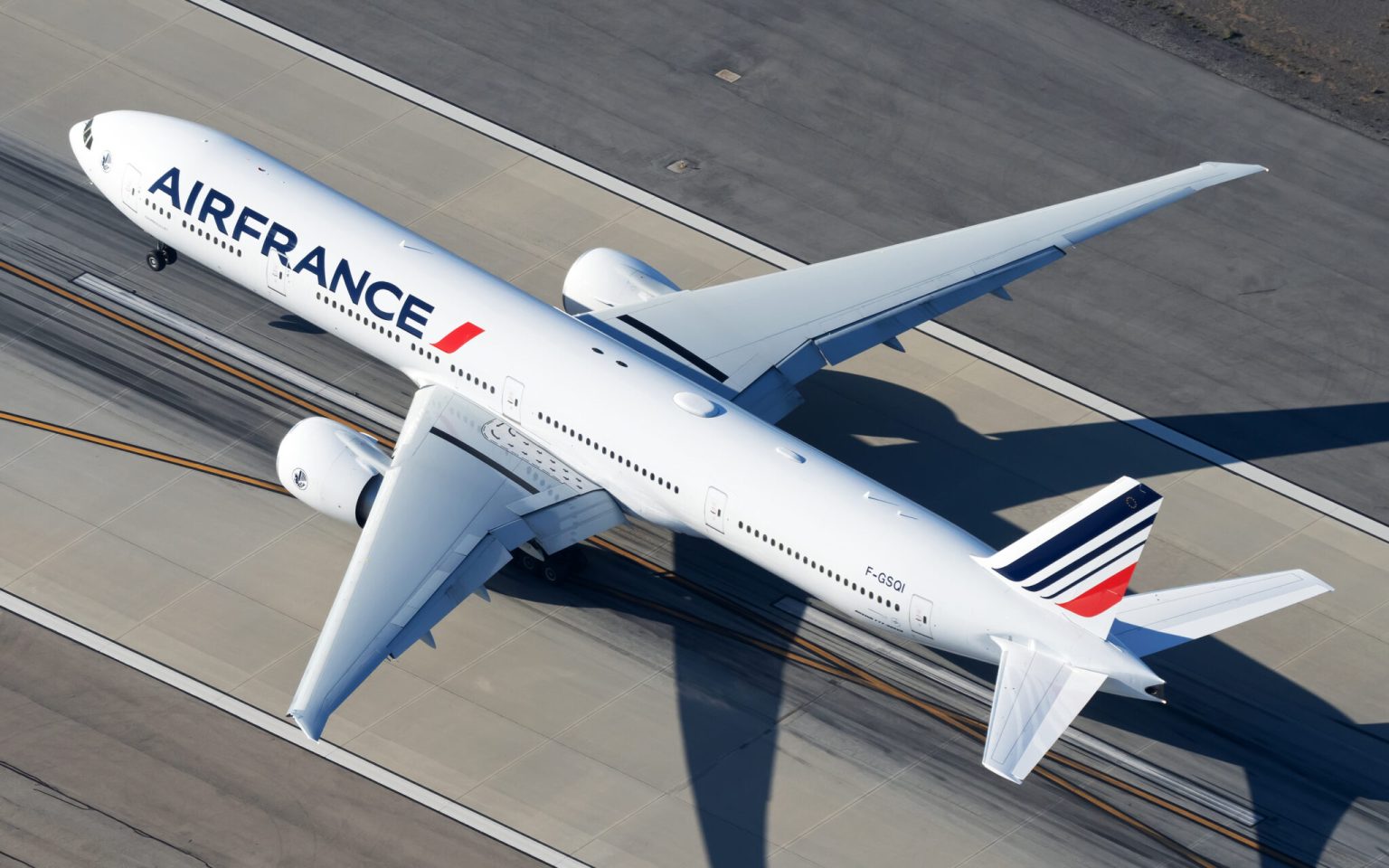Summarize this content to 2000 words in 6 paragraphs
Air France is adopting a multi-sensory approach for its latest marketing effort. Starting this week, passengers entering its premium lounges at Charles de Gaulle Airport in Paris will experience the airline’s first “signature fragrance.”
It’s named AF001 – a nod to the flight number that became synonymous with Concorde’s transatlantic supersonic heyday. The airline suggests that AF001 “immediately evokes the world of Air France and the codes specific to air travel,” while also reminding travelers of their first journey.
A corporate scent might seem gimmicky, but the concept is already well established in upscale hotels and resorts. Central to its success is “embodied cognition,” a belief that bodily sensations can influence decisions and emotions without conscious awareness.
The goal is that premium passengers will associate the airline – and various positive attributes – by just the fragrance.
“The Air France travel experience now elevates all five senses,” said Fabien Pelous, the airline’s SVP of Customer Experience. Pelous suggests haute couture staff uniforms and high-end cabin interiors, along with curated menus and onboard playlists, help satisfy the other four senses.
The French flag carrier collaborated with master perfumer Francis Kurkdjian on the project, which has been more than two years in the making. Kurkdjian is a creative director at Christian Dior and includes Jean Paul Gaultier, Versace, and Burberry among his previous clients.
The foray into fragrance comes as the airline makes a notable shift upmarket. In March, it is expected to present its all-new first class cabin.
Turning Smelling into Selling
Air France is not alone in using pleasant smells to its advantage. In 2021, Singapore Airlines launched its own signature scent. Named Batik Flora, it is made with flowers featured in the airline’s distinctive batik motif uniforms. The fragrance isn’t limited to airport lounges – a reed diffuser and eau de toilette spray are also available to buy through the carrier’s retail store.
Sound can also be an important element in enhancing awareness. Last year, Cathay Pacific took a leap into the world of sonic branding – a term used to describe sound and music creating an emotional connection with consumers.
The Hong Kong carrier launched the ‘Song of Cathay’ as part of a wider effort to reinvigorate its market positioning after a bruising pandemic.
The melody is audible at different stages of the passenger journey from lounges to on board the aircraft, and is the first time the airline has composed a single track to capture the spirit of the brand. It worked with Sixième Son, a dedicated sonic branding agency on the project.
Elsewhere, start-up Saudi carrier Riyadh Air is also developing an audio identity. Speaking late last year, CEO Tony Douglas, confirmed its sonic brand was recorded at Abbey Road Studios in London.
The new Air France fragrance is being introduced gradually across its global lounge network in the coming months. Flagship spaces at its Charles de Gaulle hub in Paris will be the first – including the new La Première suites. Other lounges in Terminal 2E halls L and M, 2F, and 2G are due to follow.
The revival in first class travel is one of Skift’s Megatrends for 2025. View the full list here.
Airlines Sector Stock Index Performance Year-to-Date
What am I looking at? The performance of airline sector stocks within the ST200. The index includes companies publicly traded across global markets including network carriers, low-cost carriers, and other related companies.
The Skift Travel 200 (ST200) combines the financial performance of nearly 200 travel companies worth more than a trillion dollars into a single number. See more airlines sector financial performance.
Read the full methodology behind the Skift Travel 200.


